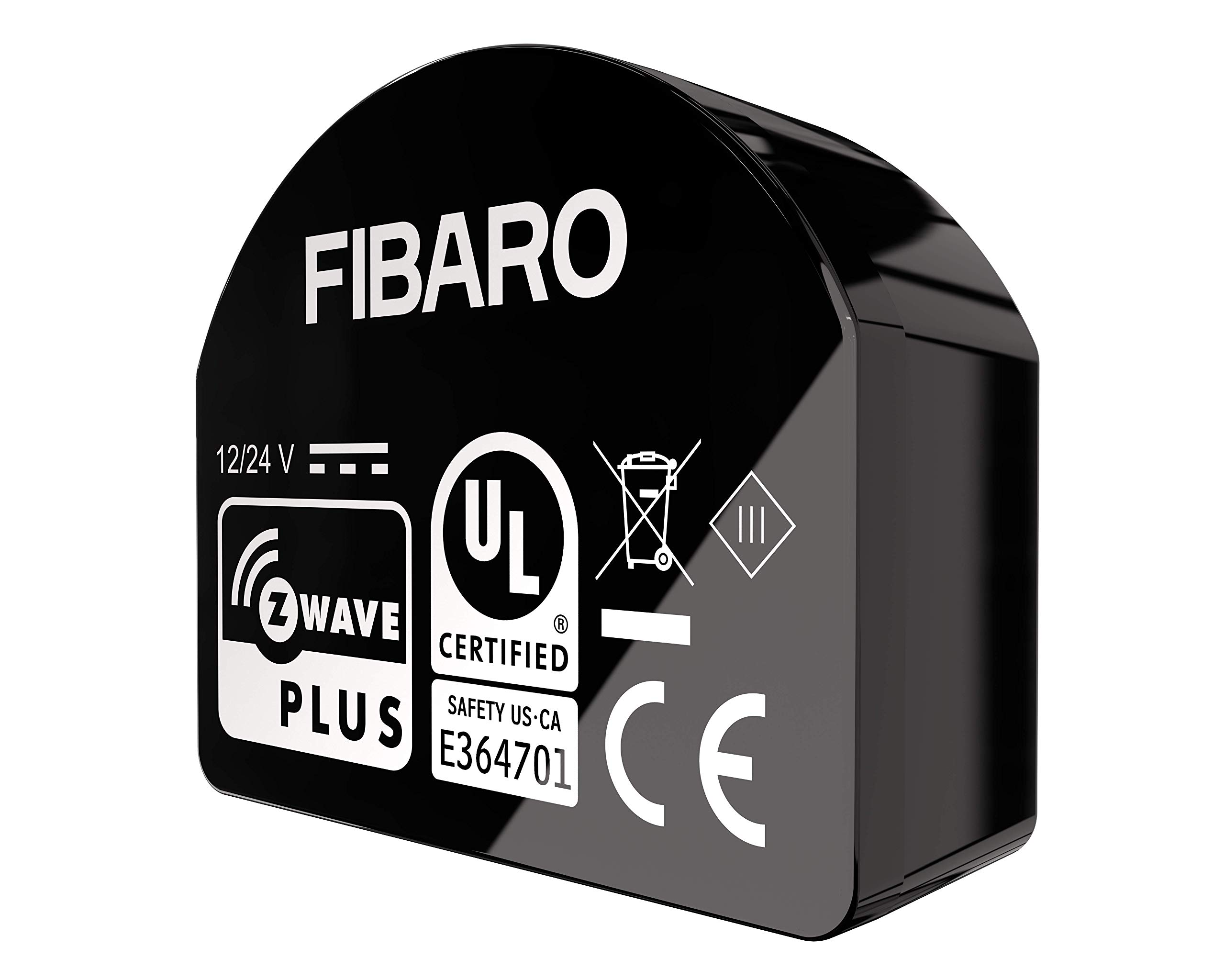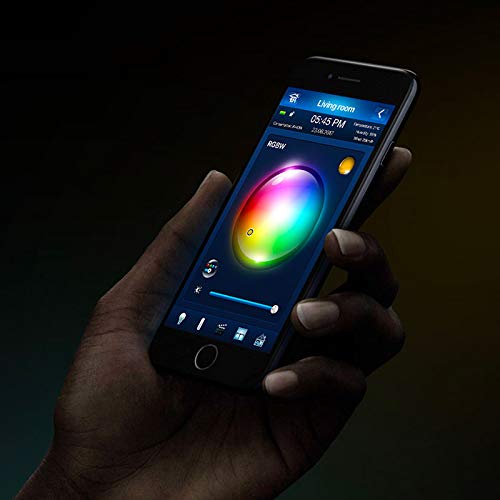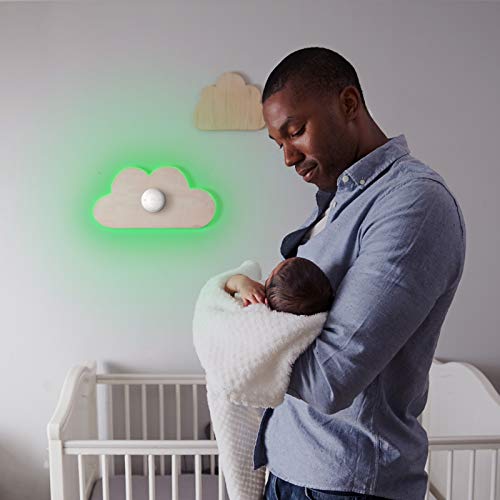Customer Services
Copyright © 2025 Desertcart Holdings Limited
Desert Online General Trading LLC
Dubai, United Arab Emirates








💡 Light up your smart home with power, precision, and security!
The Fibaro RGBW Controller 2 is a compact, energy-efficient Z-Wave Plus device designed to control a wide range of LED and halogen lighting setups. Featuring advanced AES-128 and S2 encryption, it ensures secure smart home integration while providing real-time power and energy monitoring. Compatible with multiple input types and certified for professional and personal use, it delivers versatile, dimmable lighting control in a sleek black stainless steel finish.









| Manufacturer | FIBARO |
| Part Number | FIBEFGRGBW-442 |
| Product Dimensions | 4.25 x 3.8 x 2 cm; 18.14 g |
| Item model number | RGBW |
| Colour | Black |
| Style | Light Strips Controlador |
| Finish | Painted |
| Shape | Rectangular |
| Power Source | Alimenté par l'Air |
| Voltage | 24 Volts |
| Wattage | 288 watts |
| Item Package Quantity | 1 |
| Number of Pieces | 1 |
| Type of Bulb | LED |
| Switch Type | 1-way |
| Special Features | Dimmable |
| Usage | Usage personnel et commercial |
| Included Components | RGBW Controller 2, User Manual |
| Batteries included? | No |
| Batteries Required? | No |
| Item Weight | 18.1 g |
Trustpilot
1 day ago
2 months ago